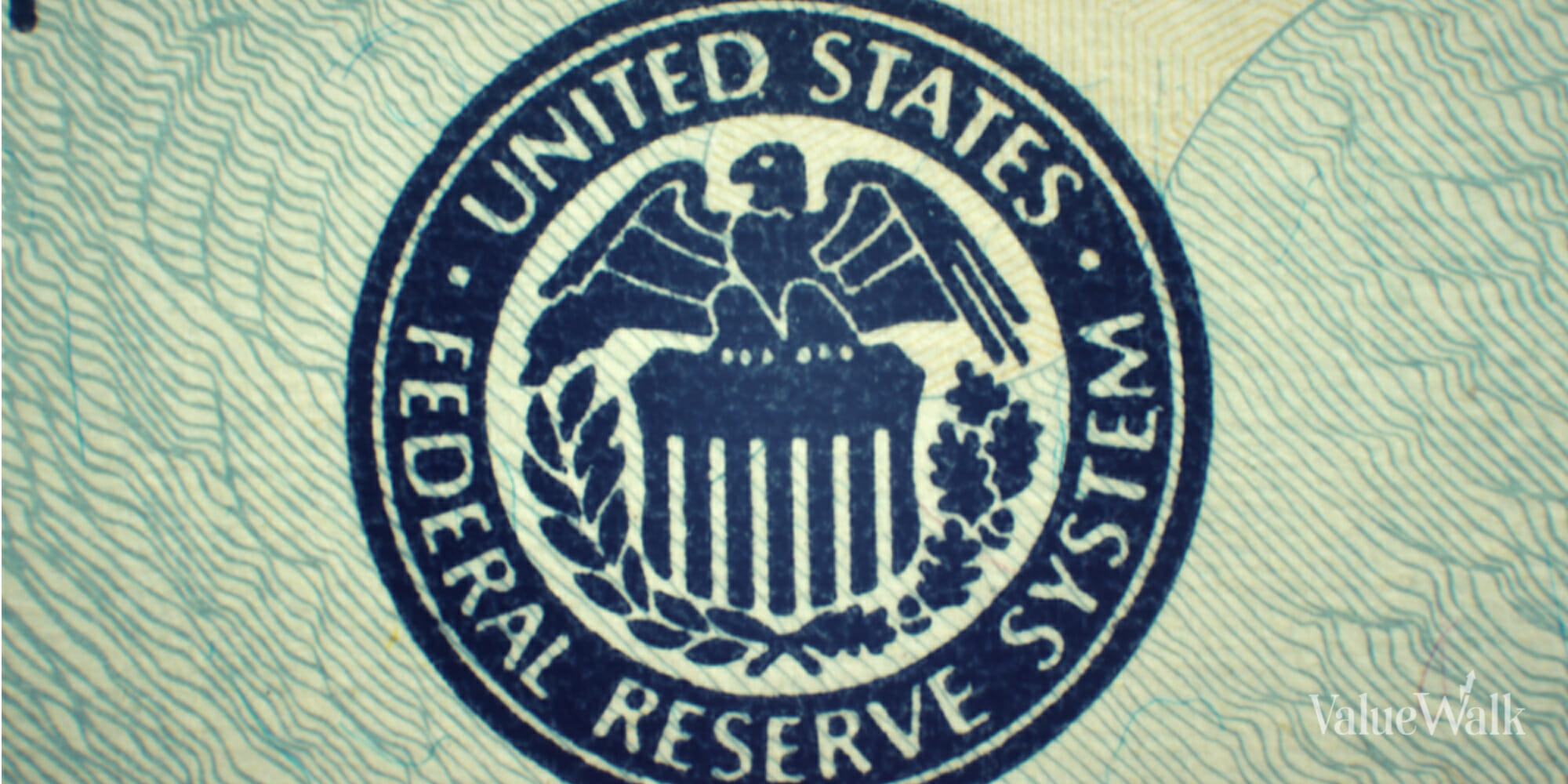In his podcast addressing the markets today, Louis Navellier offered the following commentary.
Angry Brits
The Bank of England voted 7 to 2 on Thursday to raise its key interest rates by 0.5% to 5%. This was a surprise hike and appeared to be an act of desperation to fight Britain’s hideous inflation, which is running at an 8.7% annual pace. There are a lot of variable mortgages in Britain, so the Bank of England’s rate hike is extremely unpopular.
Prime Minister Rishi Sunak’s government is already helping homeowners that cannot pay their electricity bills, but may now have to add mortgage payments to that list. Unlike in the U.S. where if a home foreclosure cannot cover the mortgage debt, the bank loses money, in Britain, the homeowner is responsible for the mortgage debt, even if the home falls below the mortgage value. As a result, both inflation and rising interest rates are now reducing the quality of life in Britain, so everyone is angry.
Outstanding Bid-to-Cover
In the midst of all this chaos, the U.S. is unquestionably the world leader. The fact that the U.S. is energy independent, agriculturally independent, and has better demographics than China and Europe, means that the U.S. can have more organic growth.
The amount of trade that the U.S. is now doing with Southeast Asia, India, South Korea, and Japan is steadily growing at the expense of China and businesses seek to shore up their supply chains. As a result, the U.S. dollar should get stronger as America’s GDP growth outpaces the rest of the world.
A strong U.S. dollar is helping to attract more buying pressure at recent Treasury auctions. As an example, the 20-year Treasury bond has an incredible 2.87 to 1 “bid to cover” ratio. This is simply outstanding and caused Treasury yields to meander a bit lower. Of course, all the cash on the sidelines is also helping the Treasury Department to sell record amounts of debt. Due to this robust demand, the Treasury Department needs to sell more short-term debt to try to un-invert the yield curve.
Outspoken Fed Doves
In his prepared testimony before Congress, Fed Chairman Jerome Powell said that “Nearly all (FOMC officials) expect that it will be appropriate to raise interest rates somewhat further by the end of the year.”
In his best double speak, Powell added that “But at last week’s meeting, considering how far and how fast we have moved, we judged it prudent to hold the target range steady to allow the committee to assess additional information and its implications for monetary policy.” Translated from Fedspeak, Powell admitted that the Fed has to evaluate more economic data.
Since the PPI has been negative for three of the past four months, plus the CPI is expected to plunge in July when the June CPI is announced, I expect that the Fed will continue to hit the “pause button.” Nonetheless, Powell admitted under Congressional testimony that an additional two key interest rate hikes may be forthcoming.
Chicago Fed President Austan Goolsbee on Wednesday said “We are in this weird foggy environment where it is hard to figure out where the road is” and added that “I have not decided what should be the rate decision in a meeting more than a month from now.” Goolsbee is unquestionably a dove and knows that a big drop in consumer inflation is forthcoming.
Furthermore, Atlanta Fed President Raphael Bostic in an essay on Wednesday said that the Fed has “done plenty” and it is time to see whether the prior tightening will do its job and bring inflation down to the 2% target.
The bottom line is that the Fed doves are becoming more outspoken, so despite Fed Chairman Powell hinting at two more key interest rate hikes, due to rapidly decelerating inflation, plus the Fed doves becoming more outspoken, I stand by my prediction that the Fed will not increase key interest rates further.
A Rolling Recovery
My favorite economist, Ed Yardeni, has changed his tone and is now calling the current environment a “rolling recovery,” which is better than his previous comment that we were in a “rolling recession.” As an example of “green shoots,” housing starts surged 21.7% in May to a 1.63 million annual pace, which is the strongest monthly surge since 2016.
Building permits also rose 5.2% in May to a 1.49 million annual pace. In the wake of the May housing starts report, the Atlanta Fed revised its second-quarter GDP estimate up slightly to a 1.9% annual pace, up from its previous estimate of a 1.8% annual pace.
Coffee Beans: Watermelon Snow
Mountain snow in a Utah county is turning shades of red, pink, and orange due to what experts said is a phenomenon called watermelon snow – a natural phenomenon caused by a blooming green algae, Chlamydomonas nivalis, which is found in mountain ranges around the world. Source: UPI. See the full story here.





